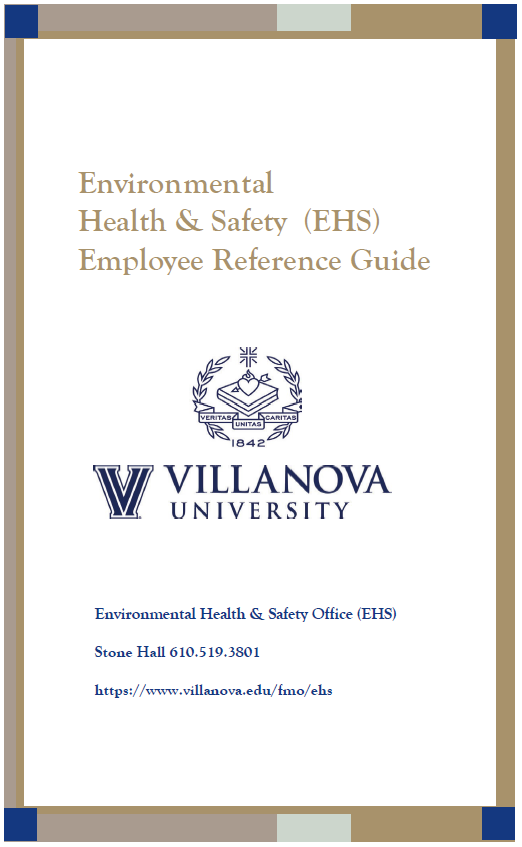Confined Spaces Safety Video
Each year, an average of 92 fatalities occurs from confined spaces locations due to asphyxiation, acute or chronic poisoning, or impairment.
But, what is a “confined space?”
A confined space is a space that:
- Is large enough and so arranged that an employee can bodily enter it;
- Has limited or restricted means for entry and exit;
- Is not designed for continuous employee occupancy.
Examples of confined spaces include:
- Sewers
- Storm drains
- Water mains
- Pits
- And many more
Permit-required confined spaces include:
- Contains or has the potential to contain a hazardous atmosphere
- Contains a material with the potential to engulf someone who enters the space
- Has an internal configuration that might cause an entrant to be trapped or asphyxiated
- Contains any other recognized serious safety or health hazards
Here are some steps you can take to help ensure the safety of your workers.
1. Is This a Confined Space?
2. Is the Atmosphere Safe?
Testing must be done in several levels of the space because specific hazardous gases react differently to the rest of the atmosphere. Why? Hydrogen Sulfide is slightly heavier than air, while other dangerous gases such as methane may be lighter than air and rise to the top. Only by testing all levels of the tank you are about to enter can you be reasonably sure the atmosphere is acceptable for breathing.
3. How Do I Exit Safely?
Before you start thinking about entering, first make sure you can get back out. Meaning you have a rescue plan and are working with someone else who can provide for rescue.
If you don’t have a rescue plan, don’t enter.
4. How Do I Enter Safely?
Does the job or project require special equipment to get in and out of the space, such as a body harness?
5. Will The Atmosphere Stay Safe?
Once you’ve established that the atmosphere is safe to enter, you next have to know that it will stay that way. Which leads us to our next point.
6. Does the Space Need Ventilating?
If the air is found to be unsafe within the confined space because of existing fumes or gas, or if the work being done will contribute to a degradation of the breathable atmosphere, the space needs to be ventilated and you need to be using an air monitoring device.
7. Equipment Check
It’s important to check your equipment before beginning any sort of confined space entry work. Has your gas detector been bump-tested or recently calibrated? Have all lanyards and life lines been checked for wear? Have harnesses been properly stored?
8. Lighting
Confined spaces are often cramped, dark and awkwardly shaped. A well-lit worksite helps workers avoid injury.
9. Communication
Radios are a great way to stay connected with workers, but also keep in mind that, nothing can replace having a stand-by worker positioned at the exit when workers are in a confined space. This tried and true system allows the outside person not only to communicate with workers within the space but also to call for help if it is needed.
10. Are you and your crew up to the task?
Can each team member be relied upon in a life-threatening situation?
This list is not meant to be comprehensive, check the OSHA Standards for that.
Stop to consider the dangers before you enter, and be mindful that confined spaces can become dangerous after you have entered.
Until next time, stay positive and stay safe.


